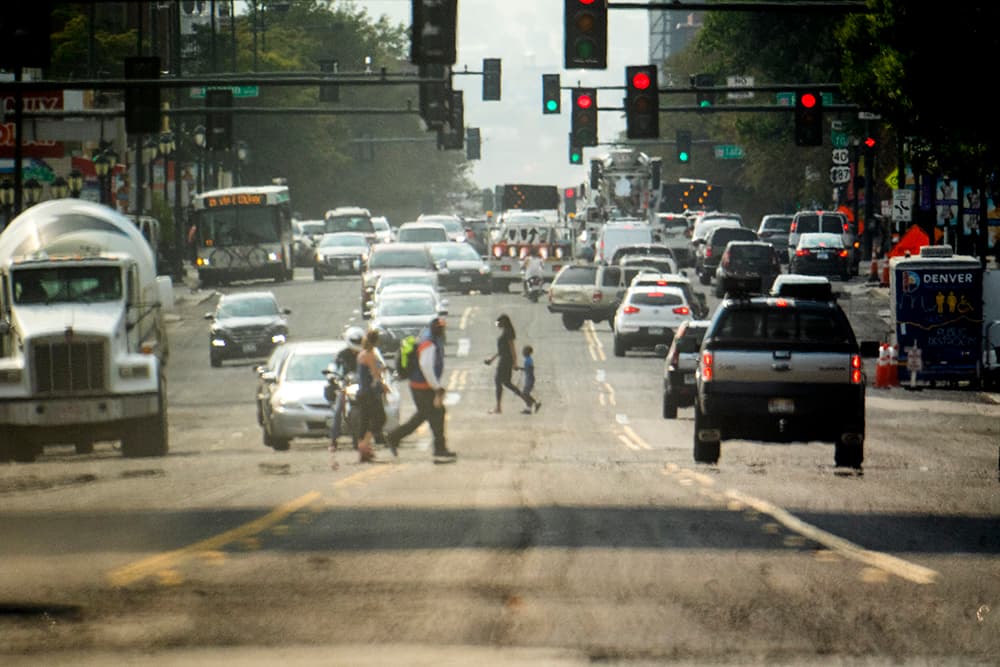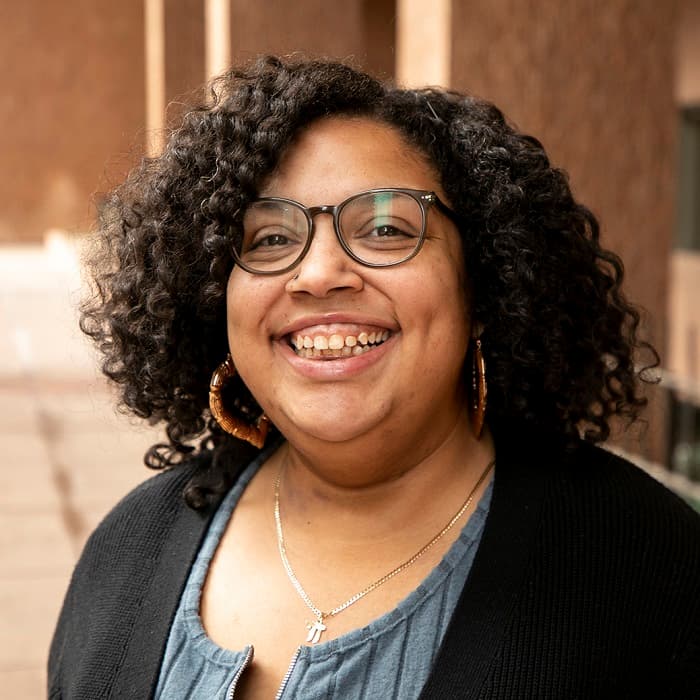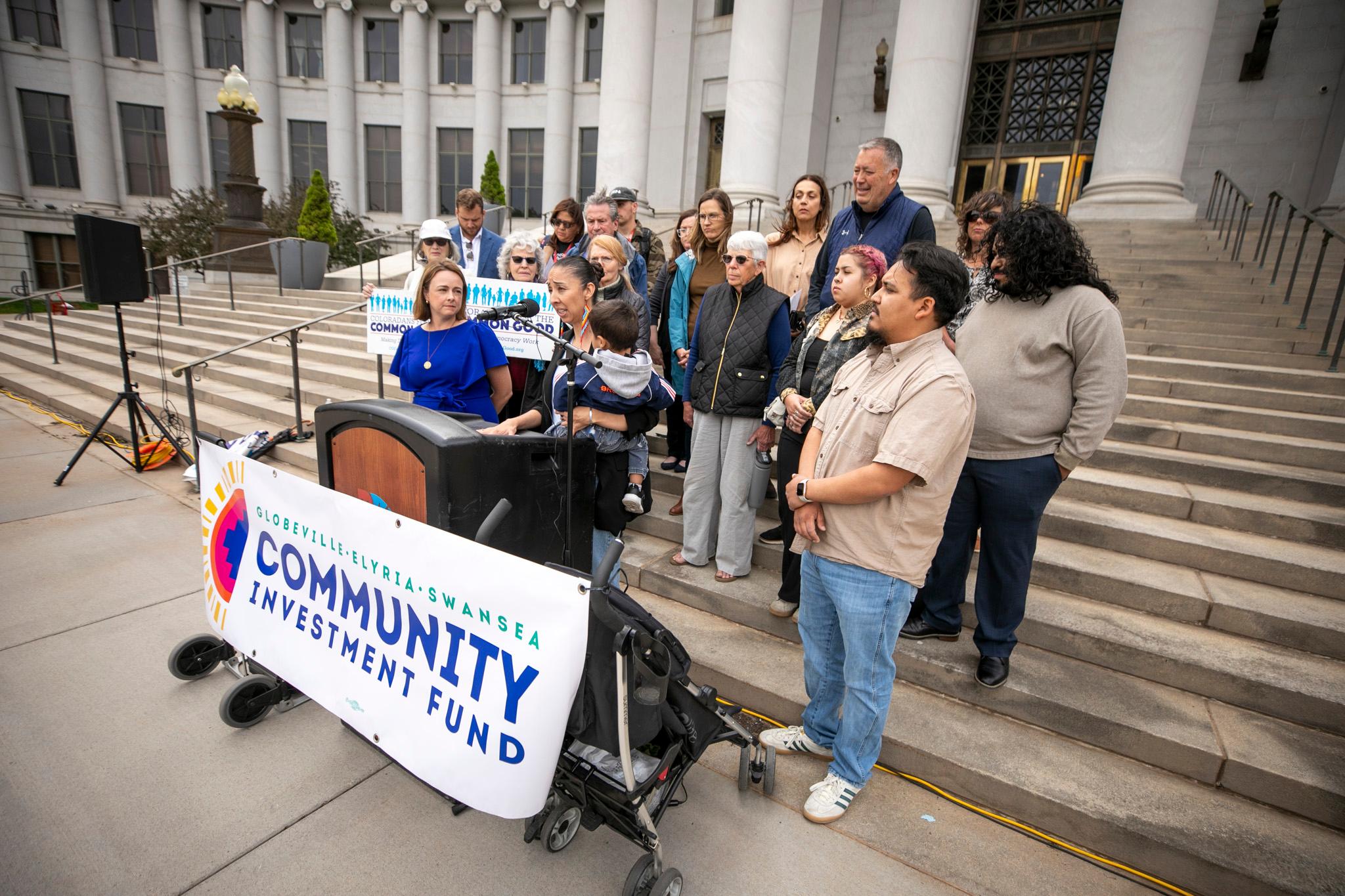Denver neighborhood streets are one step closer to having their speed limits reduced to 20 miles per hour.
A Denver City Council committee passed the "20 is plenty" ordinance, which would reduce the speed limit on neighborhood streets from 25 to 20 MPH; council members will decide on the ordinance at some point in the future.
The bill, spearheaded by Councilmember Paul Kashmann, would reduce the speed on neighborhood streets (as opposed to major arteries).

Kashmann said residents are constantly complaining that drivers are moving too fast down local streets. But police studies show that on average, drivers aren't straying far from the current 25 MPH limit.
"People aren't real comfortable with the existing speed limit, it feels too fast for them," Kashmann said. "People would tell us that [drivers] are going 50 MPH but they're not. They're driving 25, 28, 32 MPH. So, the 25 MPH speed limit is uncomfortable for a lot of people."
The ordinance would also move speed limit signs to the entrance of a neighborhood so drivers could slow down quicker.
It'll cost approximately $1.2 million to $1.5 million to pull and install the new signs, Kashmann said.
"People say changing signs don't do anything. Well, I disagree with that," he said. "Signs are never going to slow down someone who just doesn't care... But those who do, and I think those who do are the majority of people, if they're driving too fast, they are just lost in thought. They are rushing to get where they need to go and when they see the sign they realize, gee, I'm going a little too fast. I need to slow down."
Kashmann said the proposal stems from Vision Zero, the city's initiative to completely eradicate traffic deaths and serious injuries by 2030. Since Denver joined the international safe-streets program four years ago, 380 people have died in traffic incidents.
As of December 2, 77 people have died in traffic crashes this year, surpassing Denver's record high of 71 people, set in 2019. The only month the city has ever gone without recorded traffic fatalities was April 2020, the height of the state's stay at home orders.
According to the Department of Transportation and Infrastructure, 7% of serious injuries happen on neighborhood streets that don't have painted lanes.

Kashman's proposal comes after a study examined the feasibility of lowering the speeds on each of Denver's four types of streets, including neighborhood streets, arterials and collectors, school zones, and areas deemed "slow zones." The $350,000 study determined that the "primary tool" to increase safety on neighborhood streets "would be a change in speed limit signs and a sign placement policy."
During the committee meeting on Wednesday, several residents and advocates spoke in favor of the speed limit change, including Jill Locantore, executive director of The Denver Streets Partnership, a coalition of community groups advocating for safer streets.
"Reducing the default speed limit is a simple action City Council can take to immediately make our streets safer," Locantore said. "Lowering speed limits not only make our streets safer, they also make our neighborhoods more livable. On neighborhood streets where the default speed limits primarily apply, residents should feel safe walking their dog, playing with their kids in the front yard... just gathering with their neighbors."
The "20 is plenty" bill also seeks to officially reduce the speed limit in Denver parks from 20 mph to 15 mph. The lower speed is already a Parks and Recreation's policy.
Kashmann said reducing the speed on neighborhood blocks is only one step to address fatalities. He said that the Department of Transportation and Infrastructure is looking at some other safety and engineering methods that would force drivers to slow down, including roundabouts and more four-way stops.
"There's no illusion that dropping neighborhood speeds from 25 to 20 is the single silver bullet needed to reduce the chaos on Denver streets," Kashmann said. "It's the beginning of a change in culture and a way of thinking that we just need to slow down... leave a few minutes earlier. You're only going to be driving a couple of blocks on neighborhood streets before you get to a collector or an arterial. It's not going to change your life but it could save a life."












